Home>Interior Design>7 Steps Interior Designer Micaela Sharp Takes To Choose Exactly The Right Room Colors
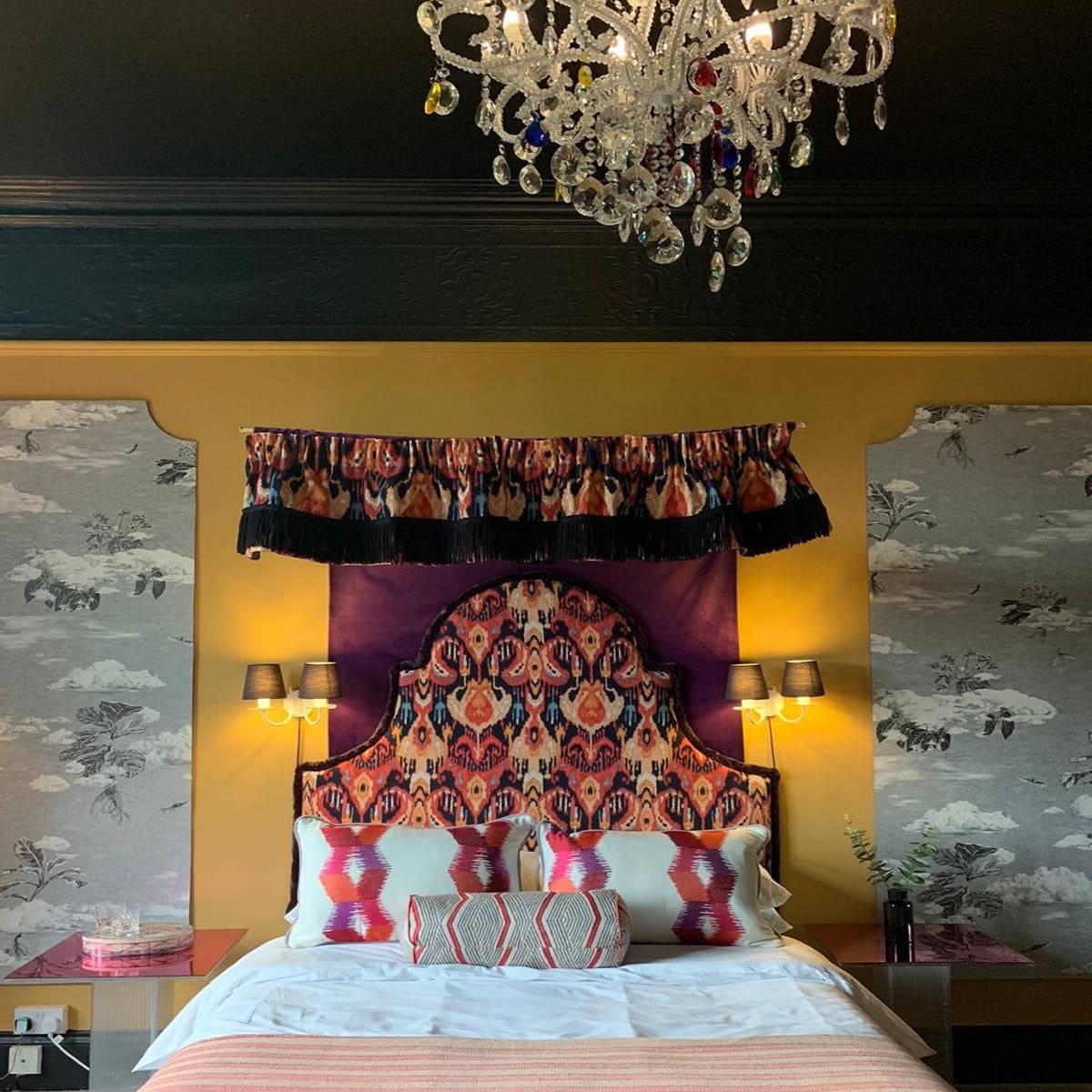

Interior Design
7 Steps Interior Designer Micaela Sharp Takes To Choose Exactly The Right Room Colors
Modified: January 5, 2024
Discover the 7 essential steps interior designer Micaela Sharp follows to select the perfect room colors. Achieve a harmonious and stylish interior with this expert guide.
(Many of the links in this article redirect to a specific reviewed product. Your purchase of these products through affiliate links helps to generate commission for Storables.com, at no extra cost. Learn more)
Introduction
Welcome to the wonderful world of interior design, where colors have the power to transform a space and create a mood like no other. Choosing the right colors for a room is a crucial step in the design process and can greatly impact the overall aesthetic and ambience. To shed light on this process, we turn our attention to the expertise of renowned interior designer, Micaela Sharp.
Micaela Sharp is known for her impeccable eye for color and her ability to create stunning spaces that reflect the unique personality and style of her clients. In this article, we will delve into the seven steps that Micaela takes to choose exactly the right room colors, ensuring a beautiful and harmonious result every time.
Key Takeaways:
- Understanding the client’s vision, natural lighting, and color psychology are crucial in choosing the perfect room colors. Micaela Sharp’s comprehensive approach ensures personalized, harmonious, and emotionally engaging spaces.
- Micaela Sharp’s seven-step process, from analyzing the room’s function to testing and finalizing colors, guarantees visually stunning, functional, and mood-enhancing color schemes. Trust her expertise for a transformative interior design experience.
Step 1: Understanding the client’s preferences and vision
When starting a new project, Micaela Sharp knows that it is essential to first understand the client’s preferences and vision for the space. This step involves open communication and active listening to gain insights into the client’s desired style, atmosphere, and color preferences.
During an initial consultation, Micaela engages in a thorough conversation with the client to understand their lifestyle, interests, and personal taste. She asks questions about their favorite colors, any color palettes they are drawn to, and their desired mood for the room. By truly understanding the client’s vision, Micaela can then begin to translate their desires into a color scheme.
Micaela also takes into consideration the architecture and existing design elements of the space. This includes the style of the room, the materials used, and any architectural features that need to be highlighted or downplayed. By paying attention to these details, she ensures that the chosen colors complement and enhance the overall design.
Furthermore, Micaela understands that color preferences can be influenced by cultural backgrounds, personal experiences, and even childhood memories. By exploring these factors, Micaela gains a deeper understanding of the client’s emotional connection to certain colors and can incorporate them into the design.
By taking the time to understand the client’s preferences and vision, Micaela lays the foundation for a successful color selection process. She believes that the colors chosen should not only reflect the client’s personality but also create a space that they feel truly connected to and inspired by.
Step 2: Analyzing the function and purpose of the room
Once Micaela Sharp has a clear understanding of the client’s preferences and vision, she moves on to the next step: analyzing the function and purpose of the room. Different rooms serve different purposes, and the color scheme should be chosen accordingly to enhance the functionality and create the desired atmosphere.
Micaela begins by considering the primary function of the room. Is it a living room meant for relaxation and socializing, a study for focused work, or a bedroom for rest and rejuvenation? Each room has its own unique requirements in terms of color selection.
For example, in a living room, Micaela may opt for warm and inviting colors such as earth tones or soft pastels to create a cozy and comfortable ambiance. In contrast, a study may benefit from cool and calming colors like blues or greens to promote concentration and productivity.
She also takes into account the size and layout of the room. In smaller spaces, Micaela leans towards lighter colors to create an illusion of more space, while in larger rooms, she can play with deeper hues to add depth and richness.
Another important factor to consider is the intended users of the room. Is it a shared family space that needs to accommodate different preferences, or is it a personal haven for one individual? The color choices should reflect the intended users’ tastes and create a space that feels inviting and personal to them.
By thoroughly analyzing the function and purpose of the room, Micaela ensures that the selected colors enhance the intended use of the space. The color scheme should not only be visually appealing but also contribute to the overall functionality and atmosphere of the room.
Step 3: Assessing the natural lighting conditions
Understanding the natural lighting conditions of a room is a crucial step in the color selection process. It directly affects how colors appear and interact within the space. Micaela Sharp pays close attention to the quality and intensity of natural light to choose the most appropriate colors that will thrive in the given lighting conditions.
Micaela begins by evaluating the direction and intensity of the light source in the room. North-facing rooms tend to receive cooler, softer light, while south-facing rooms receive warmer and brighter light throughout the day. East-facing rooms have abundant morning light, while west-facing rooms are bathed in afternoon light.
Based on the light direction, Micaela may adjust her color choices accordingly. For example, in a room with limited natural light, she might opt for lighter colors to maximize the brightness and create the illusion of a more well-lit space. In contrast, in a room with abundant natural light, she may select deeper and richer colors that can absorb and reflect the light effectively.
Micaela also takes into account the quality of the light, considering whether it is natural daylight or artificial light sources. Natural daylight tends to be cooler and can make colors appear more vibrant, while warmer artificial light can introduce warmer tones and alter color perception.
To assess the impact of the lighting conditions on colors, Micaela often tests paint samples on different walls of the room, observing how the colors change throughout the day under different lighting scenarios. This allows her to make informed decisions and choose colors that harmonize with the natural light and create the desired atmosphere.
By carefully assessing the natural lighting conditions, Micaela ensures that the chosen colors will shine and evoke the intended mood in the room. She understands that colors can be drastically influenced by light, and by considering these factors, she can create a space that feels balanced, harmonious, and inviting.
Step 4: Considering the room’s existing elements and furnishings
When selecting room colors, Micaela Sharp takes into account the existing elements and furnishings within the space. These include architectural details, flooring, furniture, and accessories. By considering these elements, she ensures that the chosen colors harmonize with the overall design and create a cohesive and visually pleasing environment.
Micaela begins by studying the architectural features of the room, such as moldings, columns, or exposed beams. She assesses whether these elements should be highlighted or integrated into the color scheme. For example, she might choose a contrasting color to accentuate a decorative column or opt for a neutral color that complements the moldings.
The flooring is another important aspect to consider. Whether it’s hardwood, carpet, or tile, Micaela takes into account the colors and patterns of the existing flooring and selects colors that coordinate with or complement the flooring. This creates a seamless transition between the walls and floor, enhancing the overall aesthetic.
Existing furniture and accessories also play a significant role in the color selection process. Micaela considers the colors, patterns, and materials of the furniture pieces and ensures that the chosen colors for the walls complement and enhance the overall palette. She may opt for a complementary color scheme, where colors opposite each other on the color wheel are used, or a monochromatic scheme, where various shades and tones of a single color are utilized.
In some cases, Micaela may recommend reupholstering or updating certain pieces of furniture to better align with the chosen color scheme. This allows for a cohesive and unified look throughout the room.
By considering the existing elements and furnishings, Micaela creates a color scheme that integrates seamlessly with the overall design. The chosen colors should enhance the beauty of the existing elements and create a sense of harmony and balance within the space.
When choosing room colors, consider the natural light, existing furniture, and the mood you want to create. Test paint samples on the walls to see how they look in different lighting throughout the day.
Step 5: Exploring color psychology and its impact on mood
Color psychology plays a crucial role in the selection of room colors. Micaela Sharp understands that colors have the power to evoke emotions, influence moods, and create specific atmospheres within a space. In this step, she explores the psychology of color to ensure that the chosen colors align with the desired mood and ambiance.
Micaela starts by delving into the psychological associations of different colors. For example, warm colors such as red, orange, and yellow are known to generate energy, warmth, and excitement. They can be ideal for spaces where socialization and creativity are encouraged, such as a dining room or a playroom.
In contrast, cool colors like blue, green, and purple are known for their calming and soothing effects. They are often used in bedrooms and relaxation areas to promote a sense of serenity and tranquility.
Micaela also considers the intensity and saturation of colors. Lighter, pastel shades tend to create a softer and more delicate atmosphere, while bold and vibrant hues can evoke a sense of drama and energy.
Furthermore, cultural and personal associations with colors are taken into account. Different cultures may perceive colors differently, and individual experiences and preferences can greatly impact how a color is perceived. Micaela ensures that the chosen colors align with the personal taste and cultural sensibilities of the client.
By exploring color psychology, Micaela selects colors that resonate with the intended mood and atmosphere of the room. The chosen colors should evoke the desired emotions and create a space that not only looks visually pleasing but also feels emotionally engaging.
Step 6: Creating a color scheme and palette
Once Micaela Sharp has gathered all the necessary information and considerations, she moves on to the exciting step of creating a color scheme and palette. This step involves selecting the specific colors that will be used for the walls, accents, and accessories throughout the room.
Micaela often starts by choosing a dominant color, which will set the overall tone and serve as the anchor for the color scheme. This color is usually selected based on the client’s preferences, the room’s function, and the desired mood. It can be a neutral color like beige or gray, or a bold color that makes a statement like deep navy or vibrant red.
Once the dominant color is chosen, Micaela selects complementary colors to enhance and balance the design. Complementary colors are opposite each other on the color wheel and create a visually striking contrast. For example, if the dominant color is a warm shade of orange, Micaela might choose accents in shades of blue to create a harmonious color scheme.
Micaela also considers the concept of color harmony, where colors that are adjacent on the color wheel are used together. This creates a more subtle and cohesive look. For example, a room with a dominant green color may be accentuated with shades of yellow and blue-green.
The selection of accent colors is an important part of creating a color scheme. Micaela chooses accent colors to add depth, interest, and visual variety to the space. These can be used in small doses through artwork, pillows, rugs, or other accessories, or in larger areas such as an accent wall or furniture piece.
Throughout the process, Micaela ensures that the chosen colors complement each other and create a sense of balance and harmony. She considers the saturation and intensity of each color, as well as how they interact with the natural and artificial lighting in the room.
By creating a thoughtfully curated color scheme and palette, Micaela ensures that the room will have a cohesive and visually appealing look. The chosen colors will work together to define the overall aesthetic, evoke emotions, and create a space that is both beautiful and functional.
Step 7: Testing and finalizing the chosen room colors
In the final step of the color selection process, Micaela Sharp tests and finalizes the chosen room colors to ensure they meet the desired vision and expectations. This step involves physically applying samples of the selected colors to the walls or using digital visualization tools to simulate the color scheme.
Micaela believes that testing the colors in the actual space is crucial, as lighting conditions and other factors can significantly impact how the colors appear. She recommends painting a small section of the wall or using removable samples to see how the colors interact with the room’s lighting, existing elements, and furnishings.
Different times of the day and varying lighting conditions should be considered during the testing phase. Micaela observes how the colors change in natural daylight, as well as in artificial lighting during the evening. This allows her to ensure that the chosen colors maintain their desired look and feel throughout different times of the day.
During the testing process, Micaela encourages clients to live with the samples for a few days and observe how they feel in the space. It’s important to take note of how the colors make the room and its occupants feel, as well as how they flow with the overall design. Clients are also given the opportunity to provide feedback and make any necessary adjustments to achieve the desired outcome.
Once the testing phase is complete, Micaela finalizes the chosen room colors based on the client’s approval and feedback. She ensures that all elements, including the dominant color, complementary colors, and accent colors, work harmoniously together to create the desired mood and atmosphere.
With the colors finalized, Micaela proceeds to provide the client with a detailed color palette and a written recommendation for painting and other color-related decisions during the execution phase of the interior design project.
By testing and finalizing the chosen room colors, Micaela ensures that the client’s vision and expectations are met. The selected colors will create a space that is visually stunning, functional, and emotionally engaging, leaving a lasting impression on all who enter the room.
Conclusion
Choosing the right room colors is a critical step in the interior design process, as it has the power to transform a space and create a specific mood and atmosphere. Renowned interior designer Micaela Sharp has shared her expertise and insights into the seven steps she takes to choose exactly the right room colors.
From understanding the client’s preferences and vision to analyzing the function and purpose of the room, assessing natural lighting conditions, considering existing elements and furnishings, exploring color psychology, creating a color scheme and palette, to testing and finalizing the chosen colors, Micaela’s comprehensive approach ensures a harmonious and visually appealing result.
Micaela emphasizes the importance of open communication with clients to truly understand their desires and expectations. By listening and incorporating their preferences, she creates spaces that are personalized and reflect the unique personalities and styles of her clients.
She also takes into account the function and purpose of the room, assessing how colors can influence its functionality and atmosphere. By understanding natural lighting conditions, Micaela chooses colors that will thrive in the given light and create a desired visual effect.
Micaela’s consideration of existing elements and furnishings ensures that the chosen colors harmonize with the overall design, creating a cohesive and visually pleasing environment. By exploring color psychology, she selects colors that evoke the desired mood and emotion within the space.
Through the process of creating a color scheme and palette, testing the colors in the actual space, and finalizing the chosen colors based on client feedback, Micaela ensures that the colors selected create a space that is not only visually stunning but also functional and emotionally engaging.
In conclusion, the expert guidance of an interior designer like Micaela Sharp can make all the difference in selecting the right room colors. By following her seven steps, you can confidently choose colors that will transform your space into a beautiful, harmonious, and inviting environment that reflects your unique style and personality.
Frequently Asked Questions about 7 Steps Interior Designer Micaela Sharp Takes To Choose Exactly The Right Room Colors
Was this page helpful?
At Storables.com, we guarantee accurate and reliable information. Our content, validated by Expert Board Contributors, is crafted following stringent Editorial Policies. We're committed to providing you with well-researched, expert-backed insights for all your informational needs.
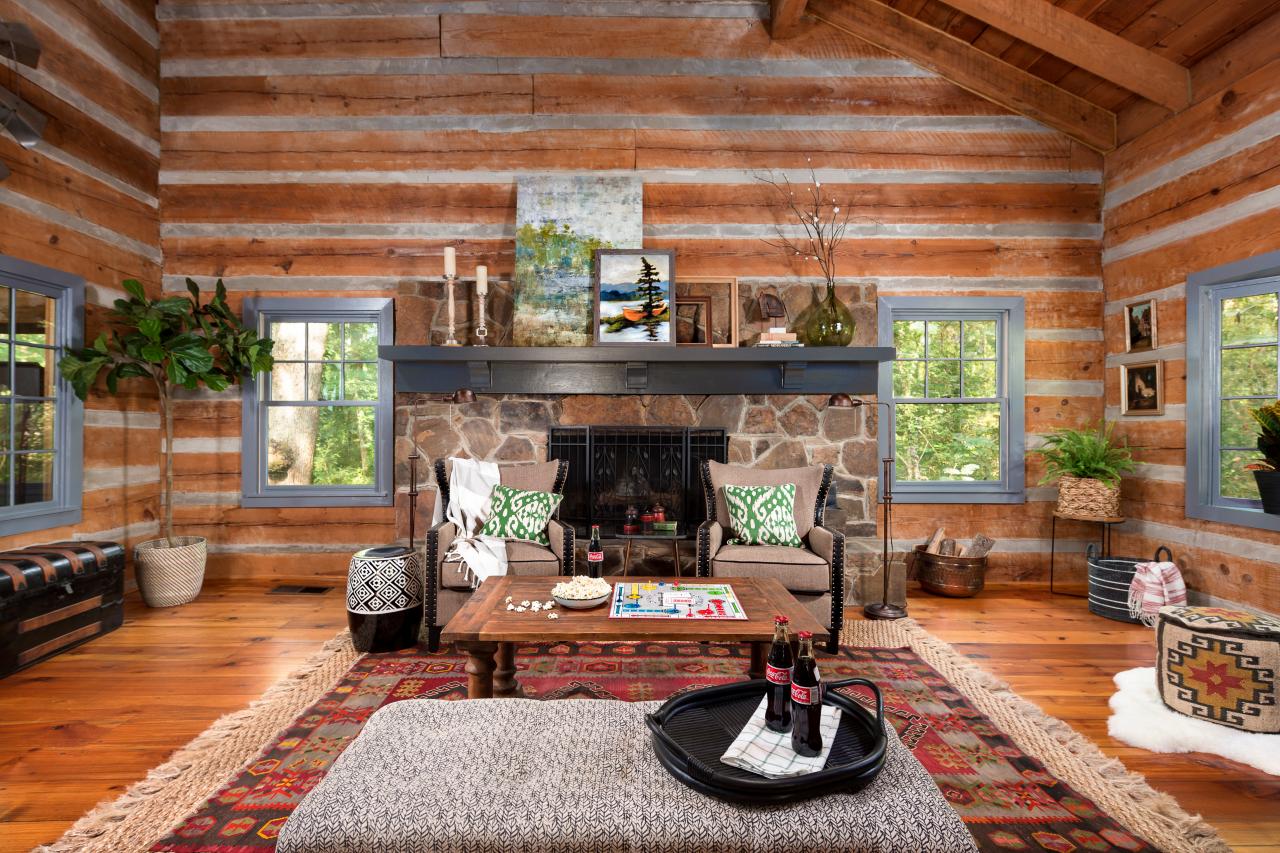
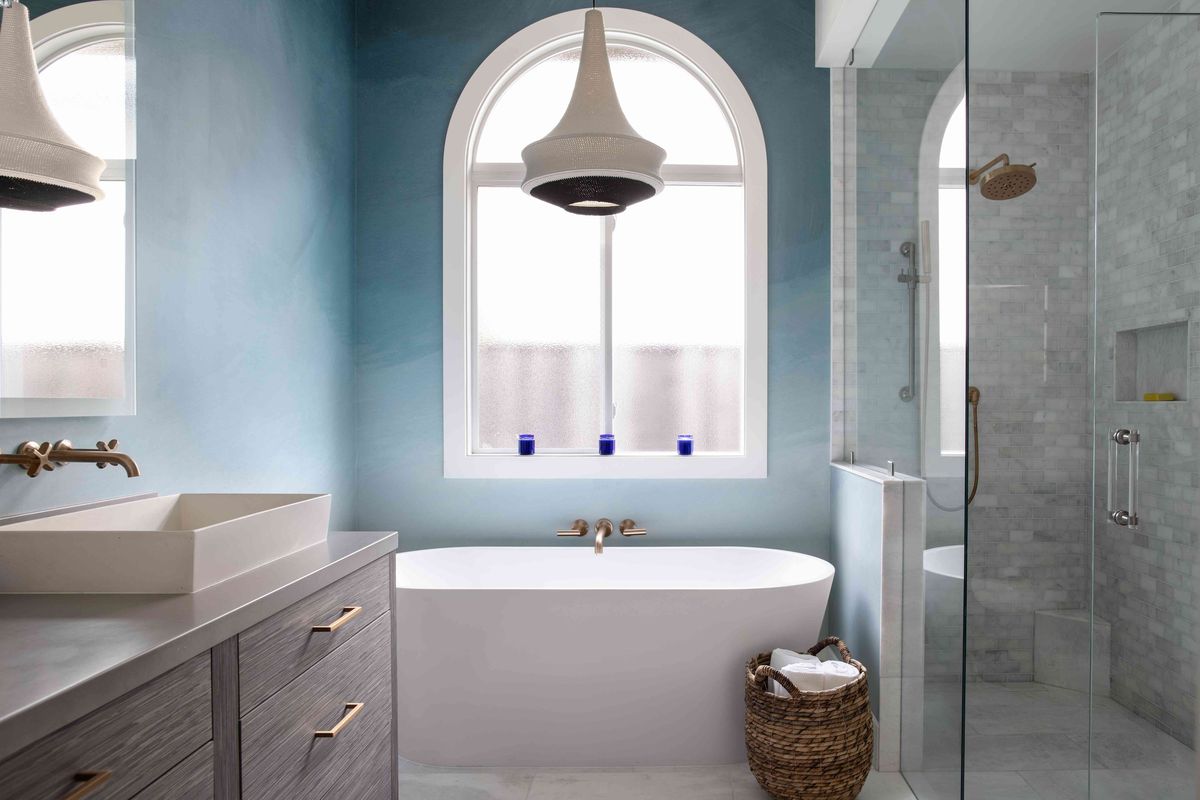
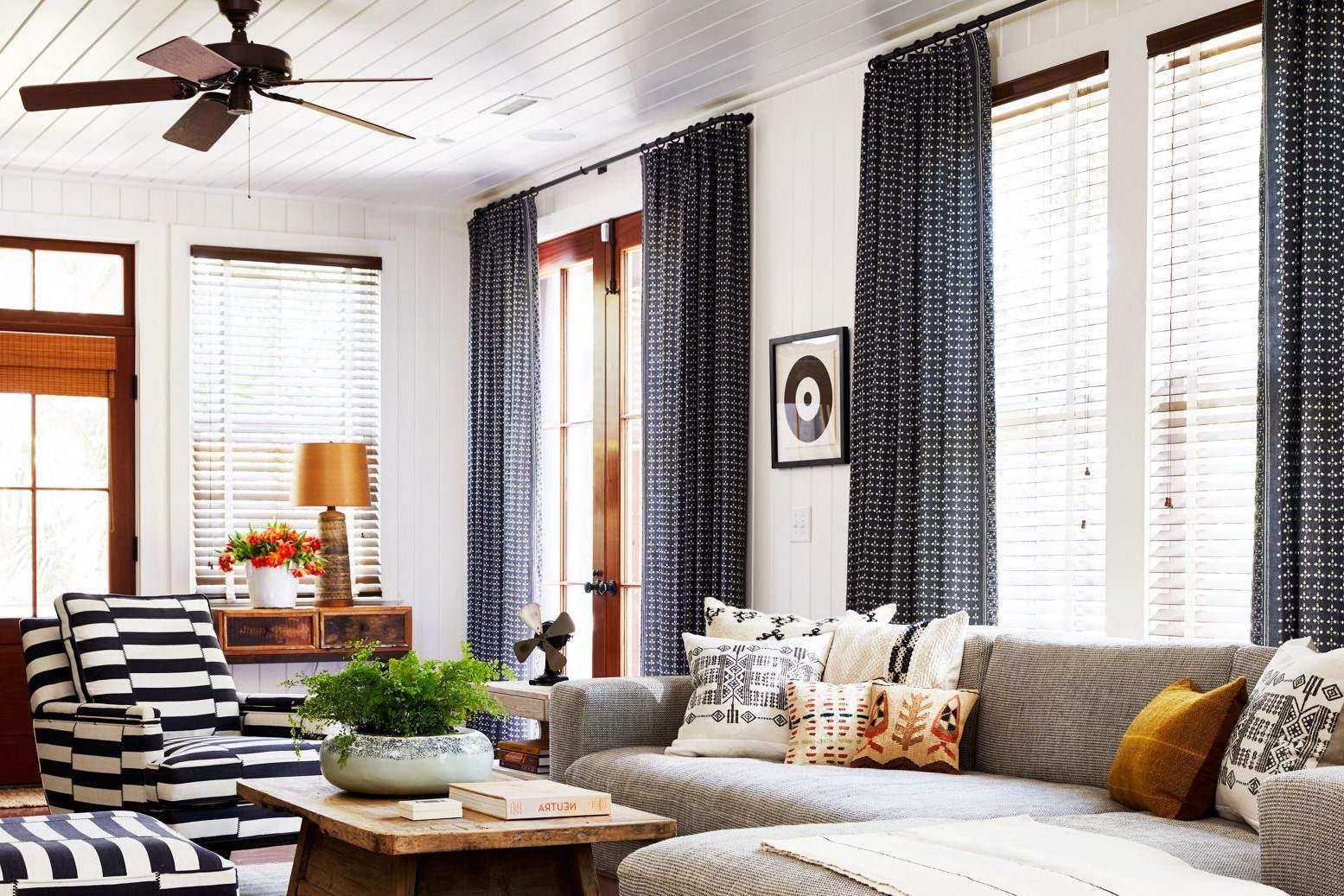
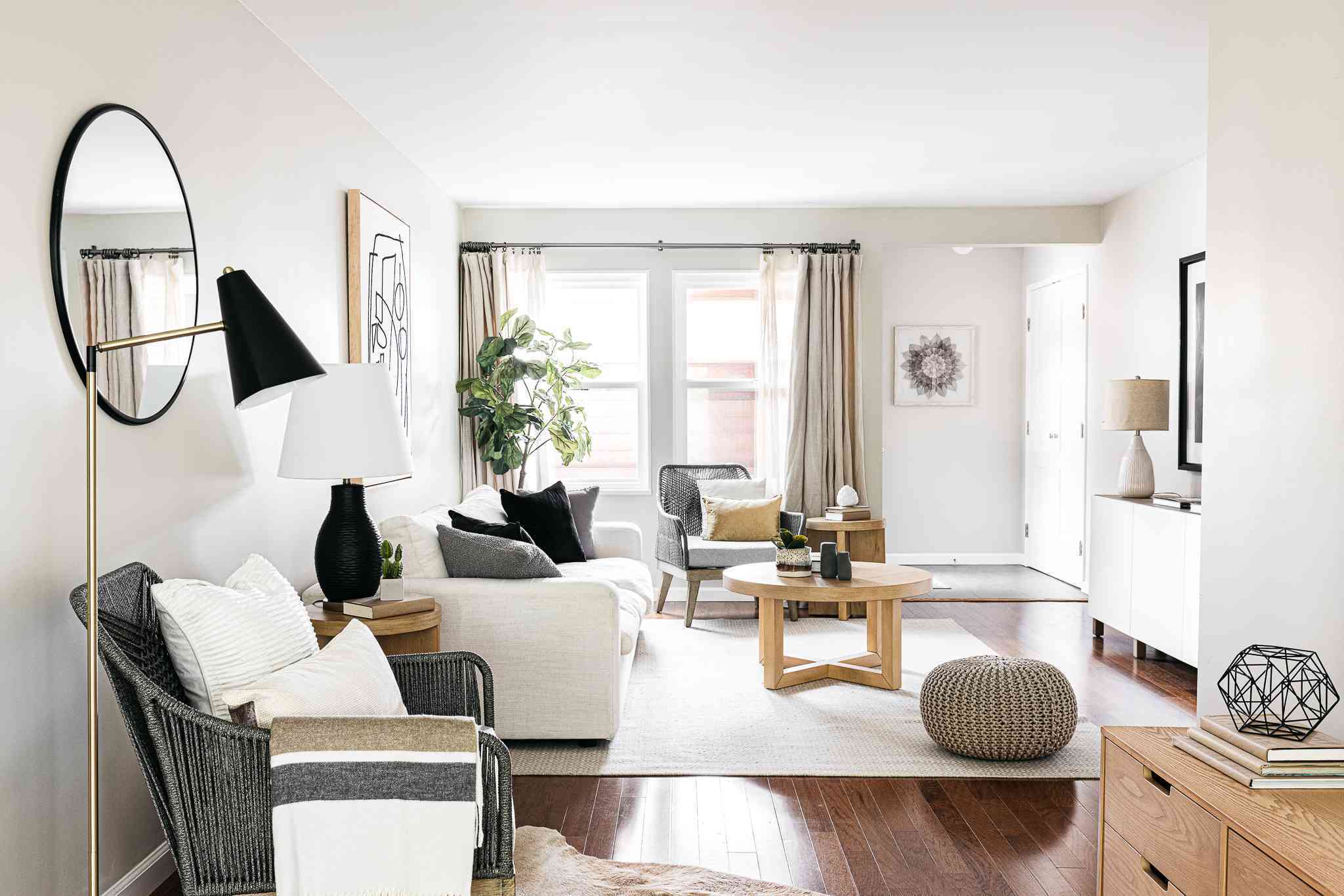
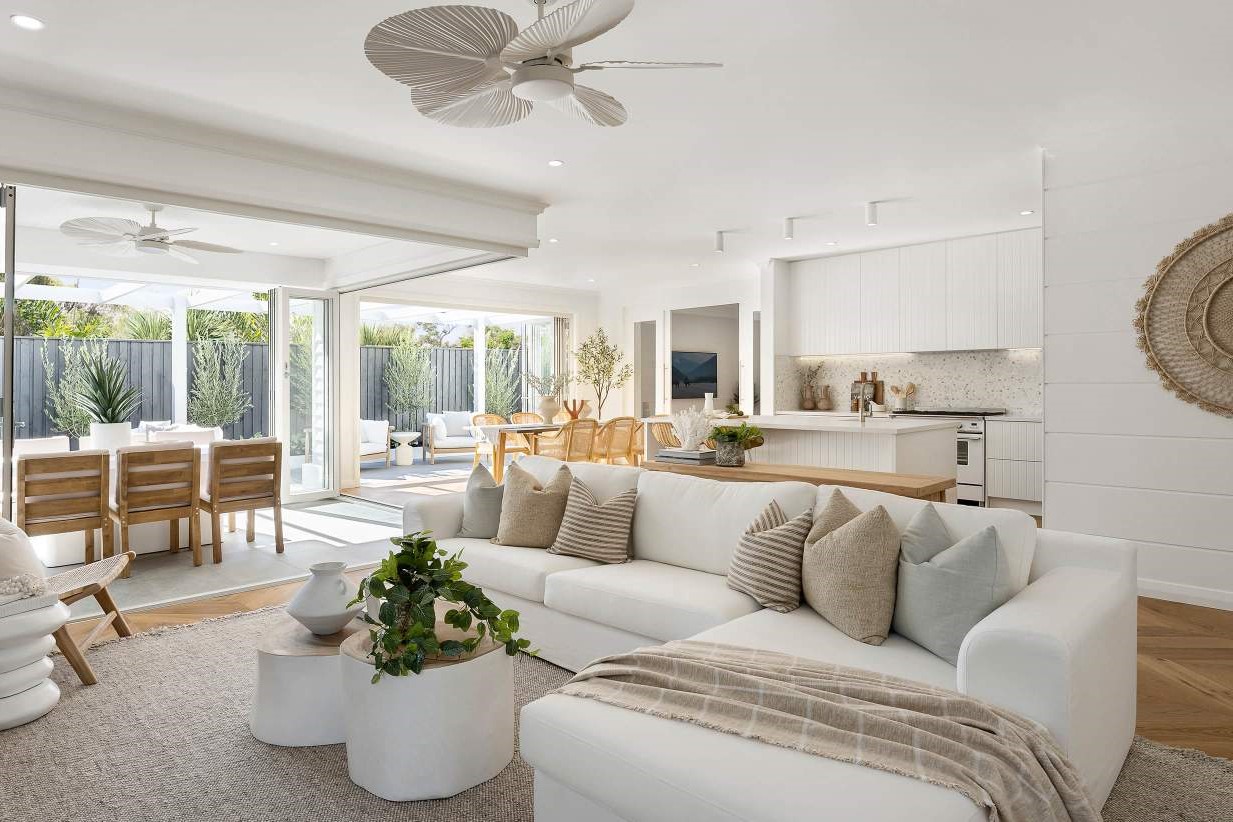
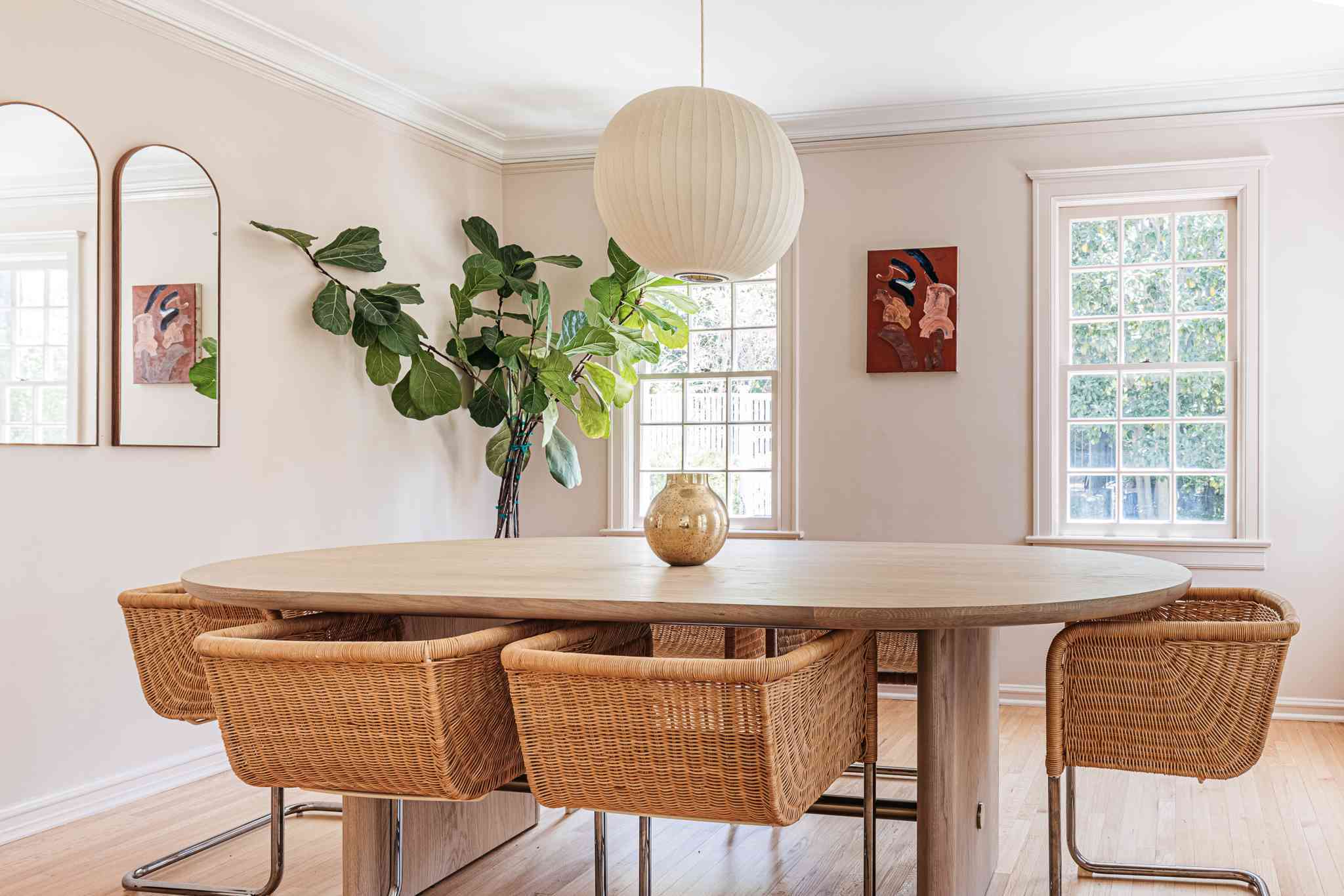
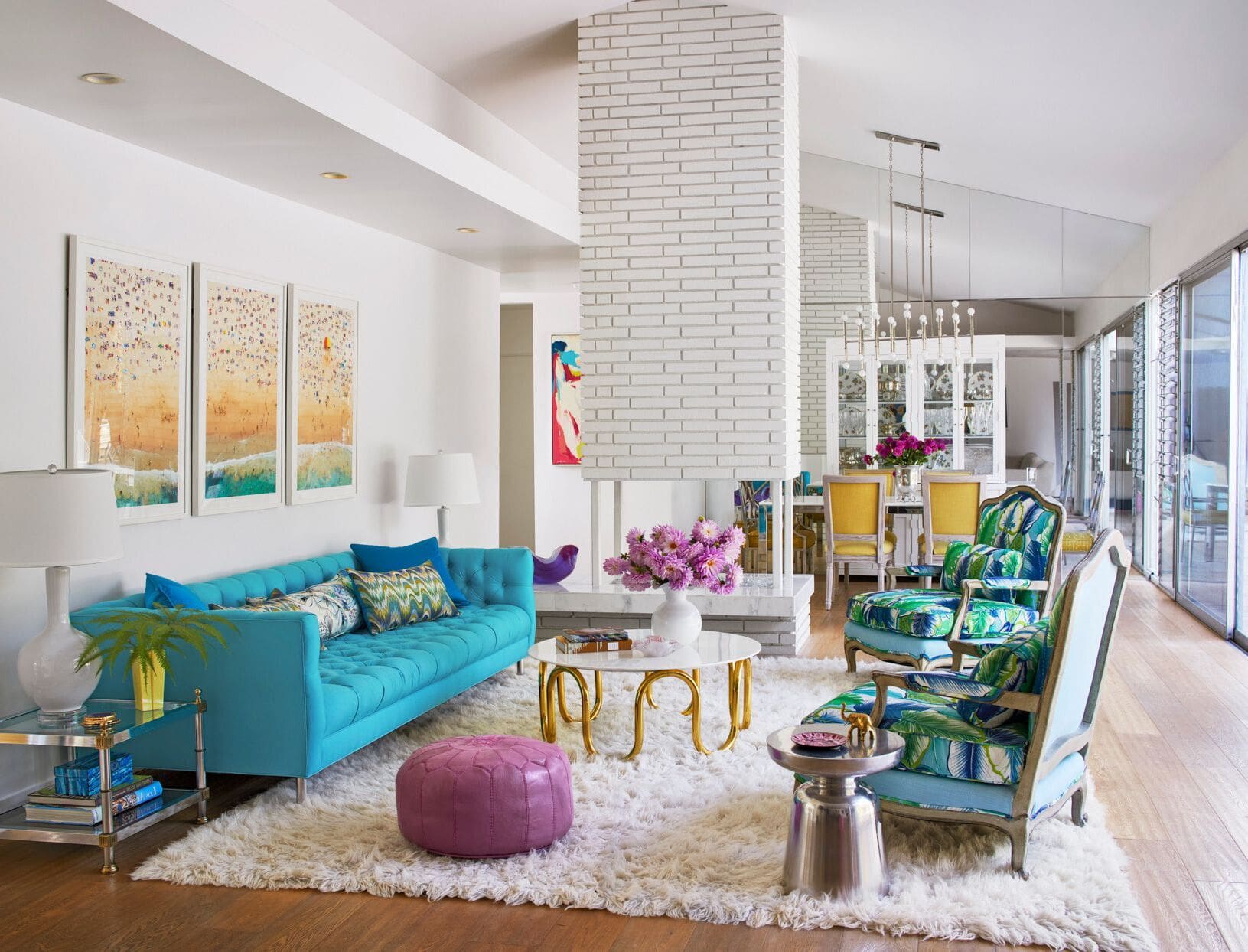
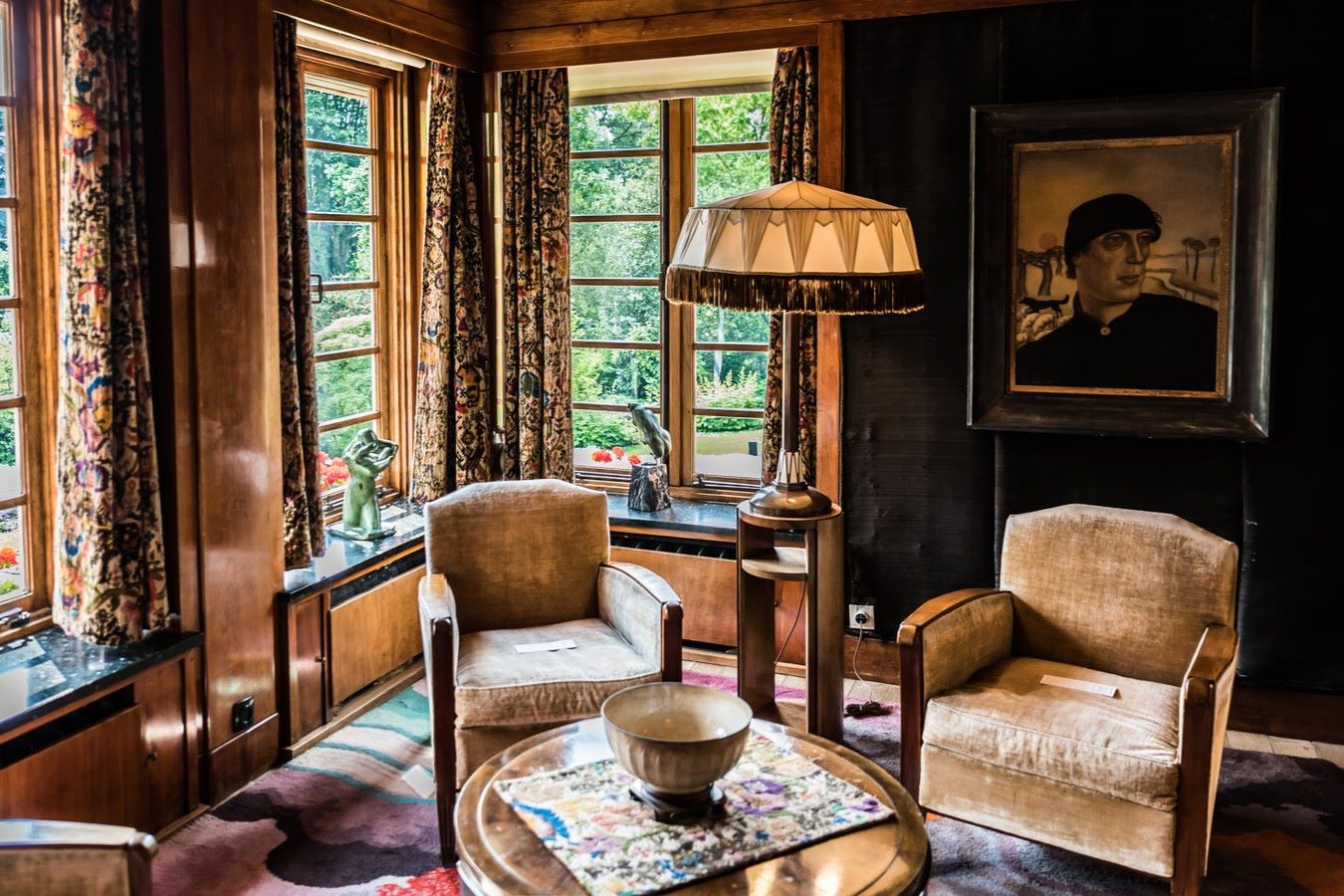
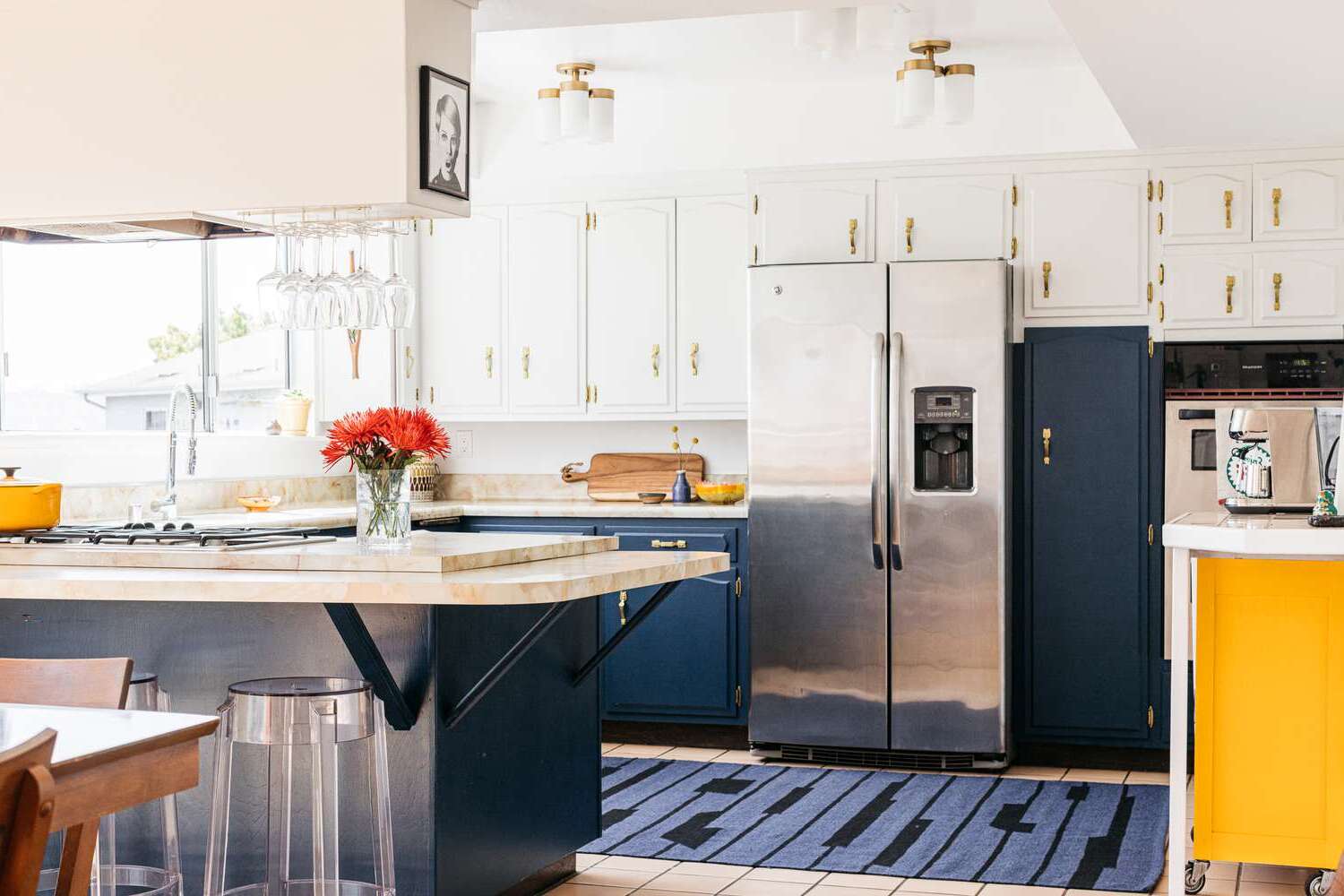
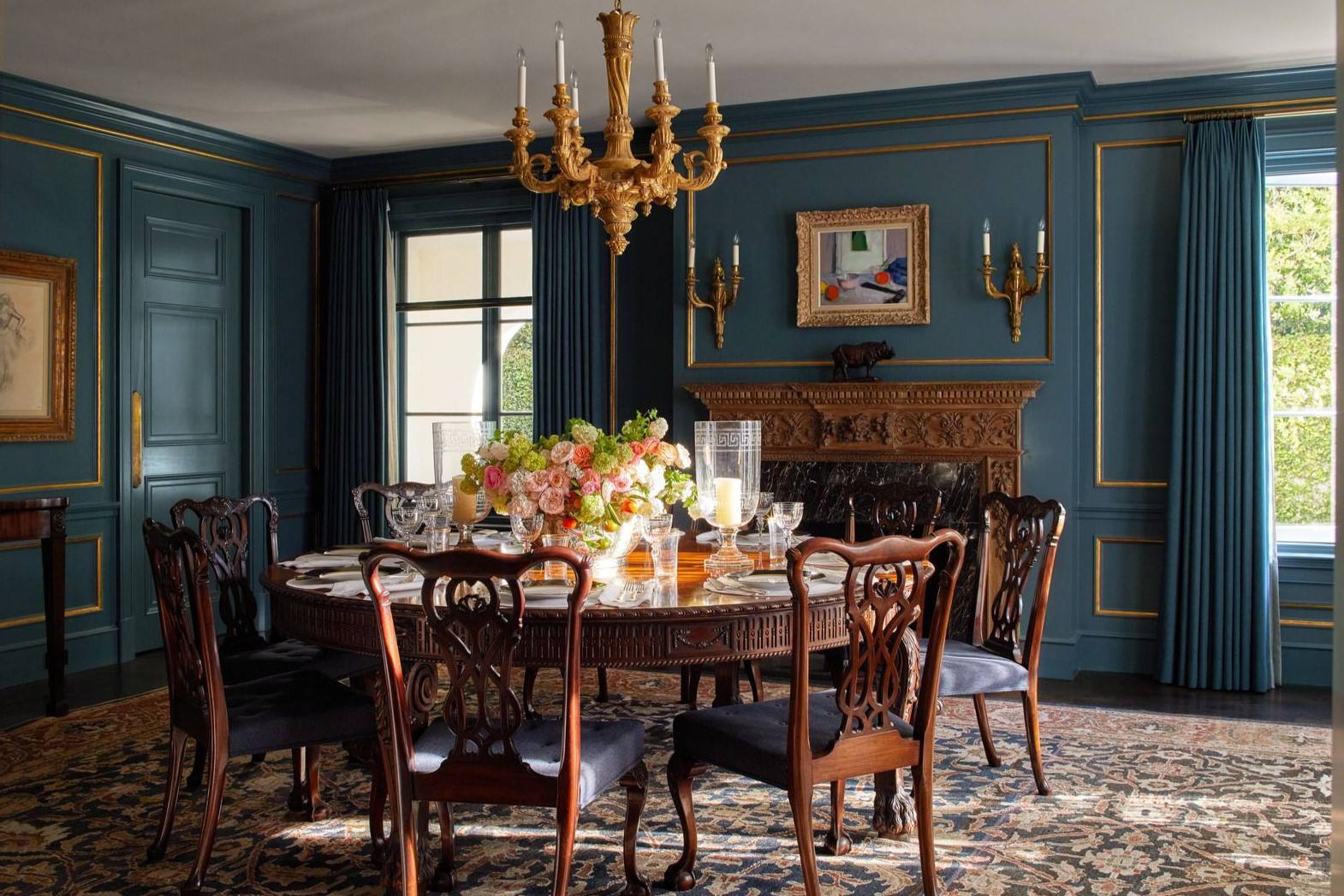
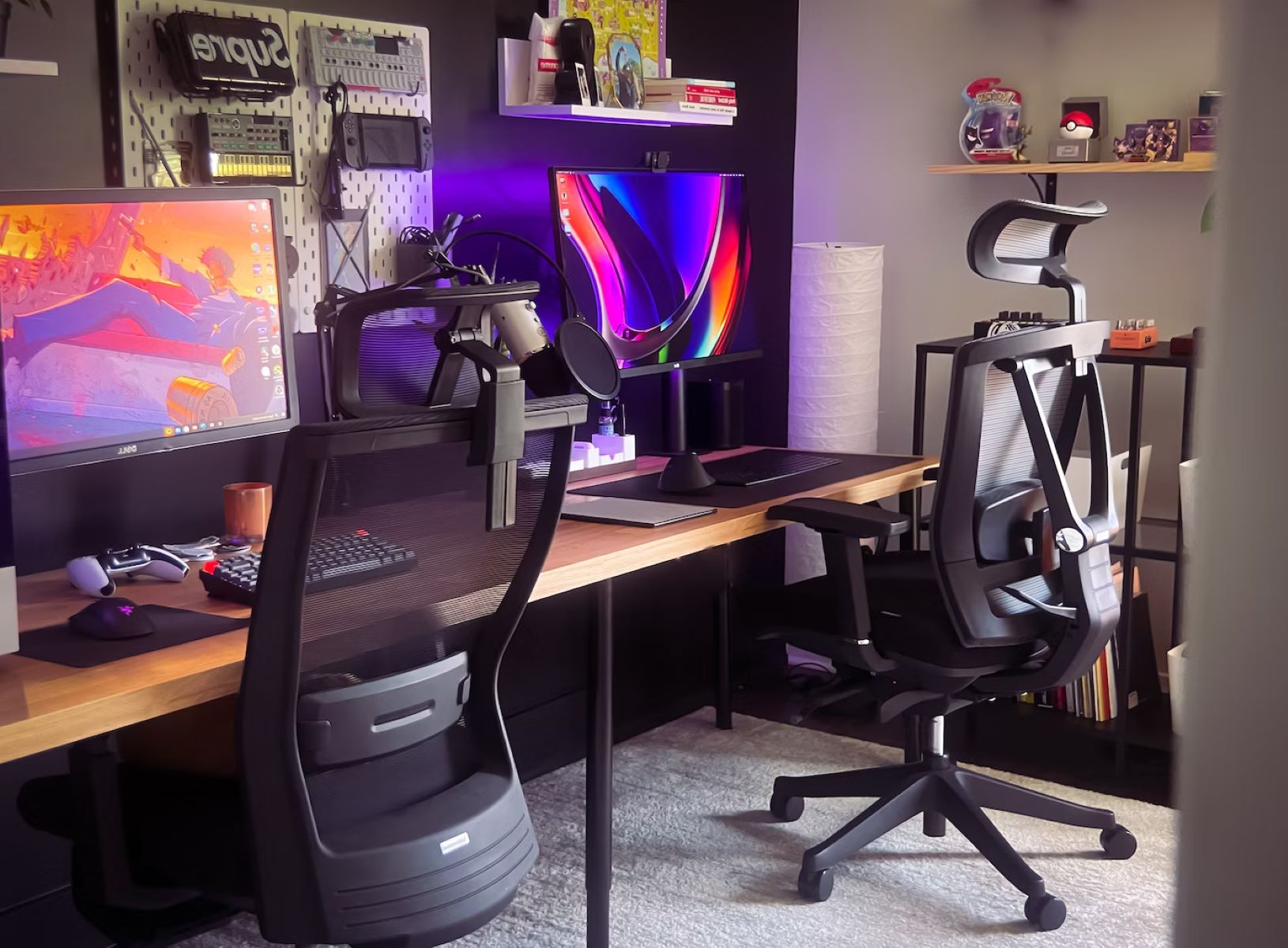
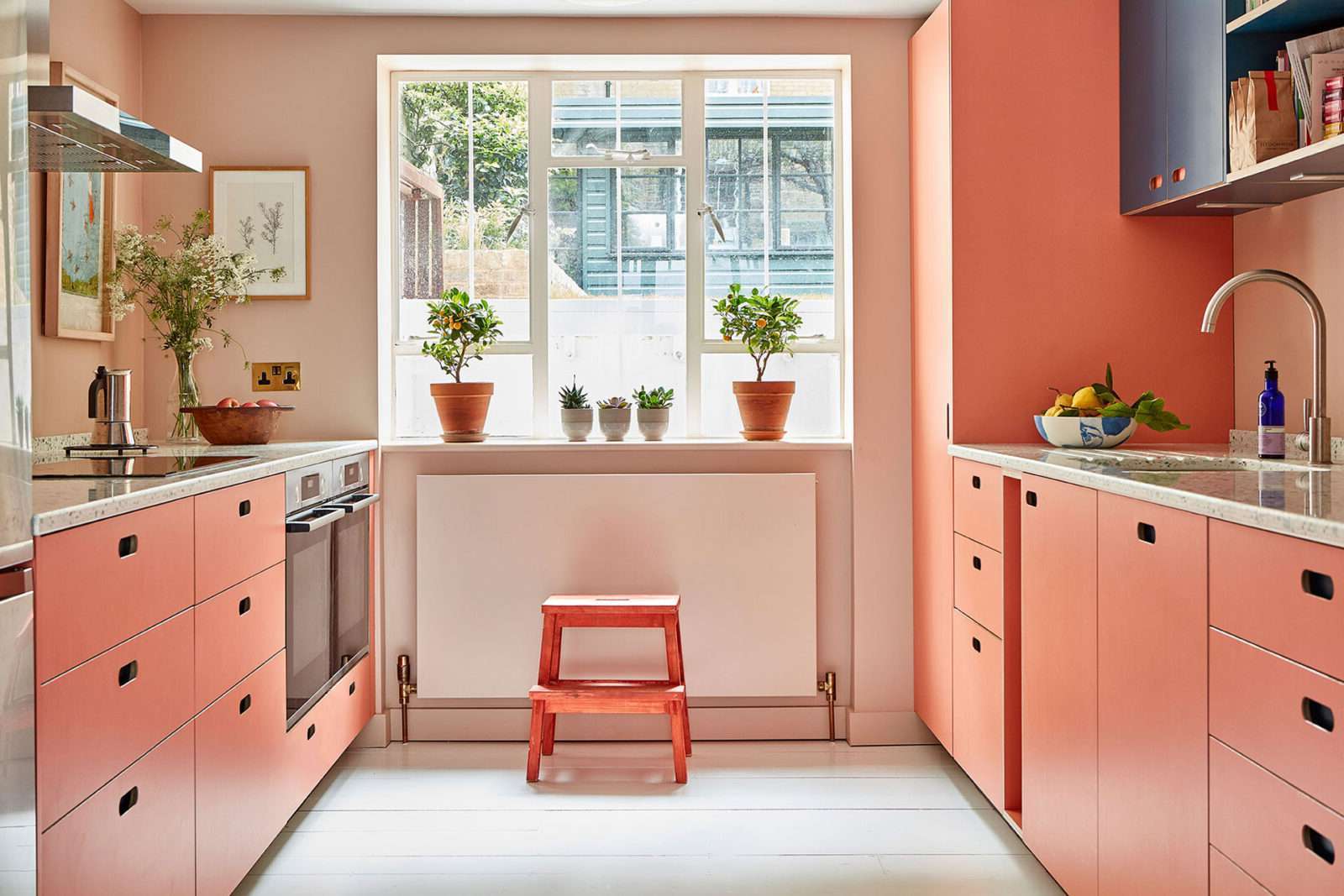
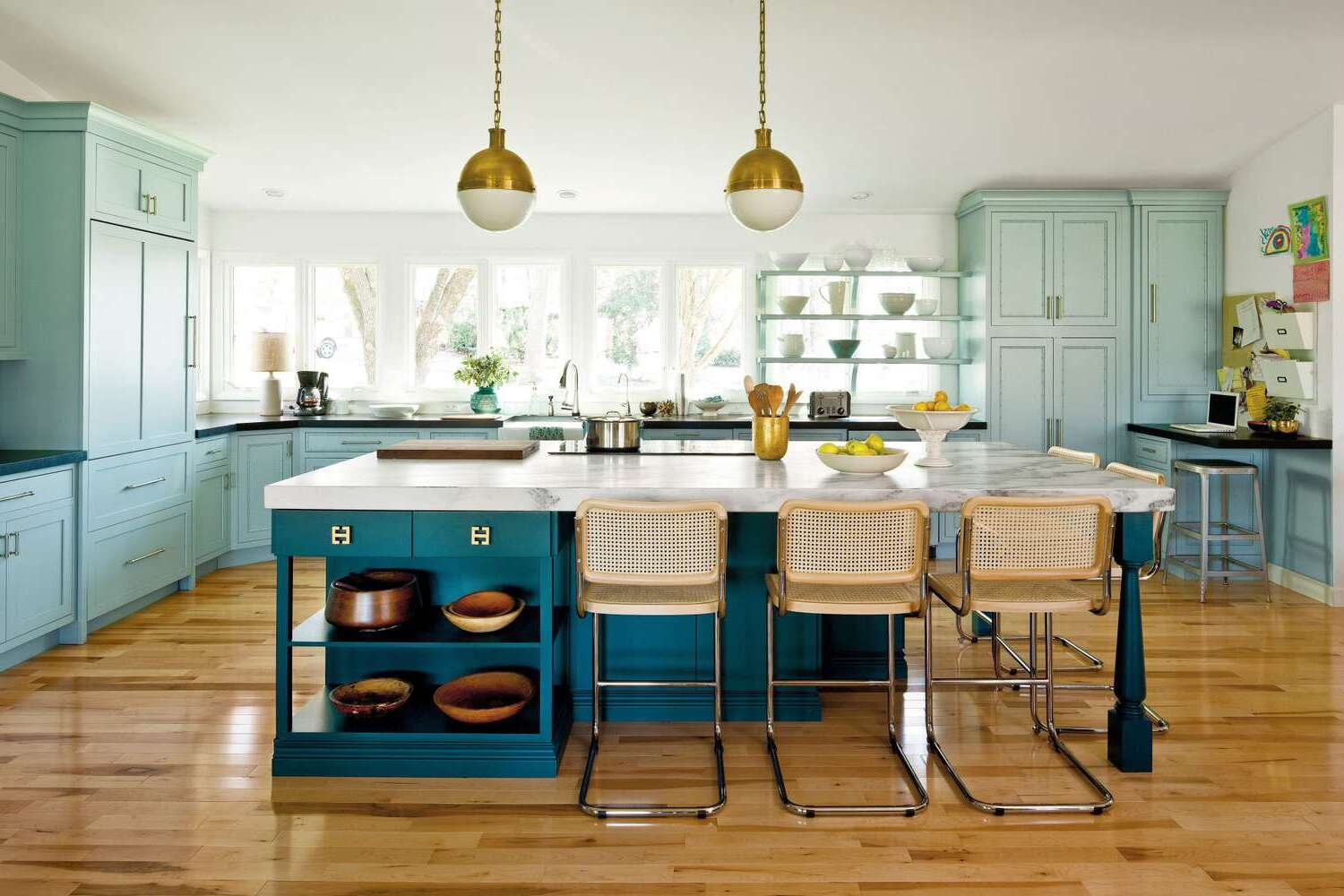
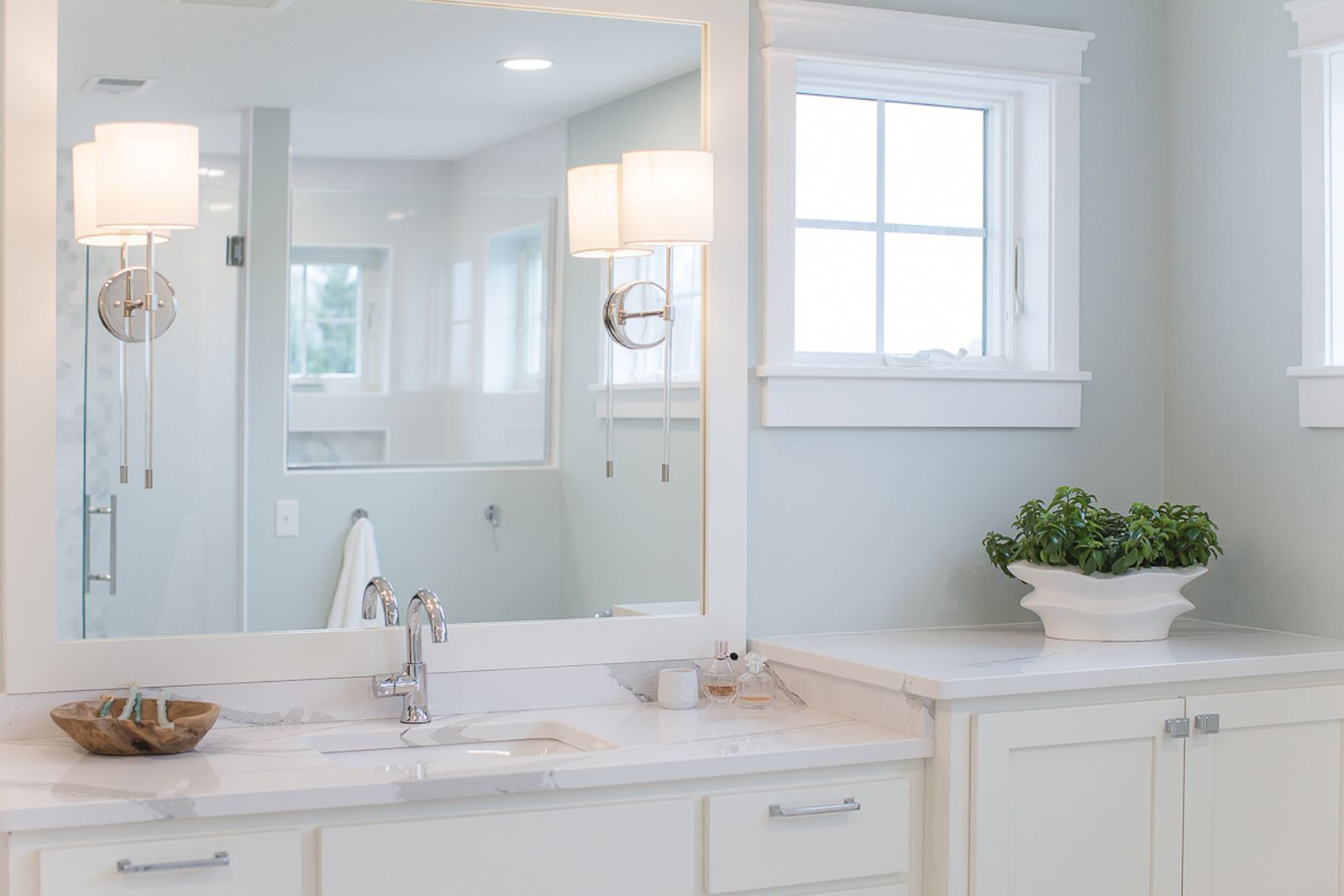

0 thoughts on “7 Steps Interior Designer Micaela Sharp Takes To Choose Exactly The Right Room Colors”